Car No. 2714 Chassis No. 6 Engine No. 4 In around 1904 the Wolseley Tool and Motor Car Company took on John Siddeley together with his designs, and commenced production of the vertical-engined cars alongside their horizontal engined cars, the latter of which gradually went out of production. Initially Siddeley was taken on as Sales Manager for the Wolseley factory in Crayford, but in 1905, when Herbert Austin left the company (quite possibly due to a clash between their two forceful personalities), Siddeley became General Manager of Wolseley's motor car activities. The vertical-engined cars built under his direction in the Birmingham and Crayford works were generally listed at the time as Siddeleys. It was only in 1910 (the year after Siddeley himself had left the firm) that the cars were listed by the Company as Wolseley-Siddeleys. Retrospectively, the name came to be applied to all the Siddeley-inspired cars made by the Wolseley Tool and Motor Car Co. up until 1911. For the 1907 season Wolseley-Siddeley produced 7 models ranging from a 10hp twin such as this car up to a 45hp six-cylinder. Whilst final drive by chains was still offered, usually on the larger models, the majority of production was by now of smaller shaft-driven cars. Fortunately this is one of the British marques for which early records are available and consequently it is known that when new the car was supplied on September 16, 1907 to 'Balls Bros.' of Queen Street, Newton Abbot, U.K. This same record notes that the car was fitted with side entrance coachwork and painted in green livery with black mouldings and yellow lines. Balls Bros. may well have been an agent for Wolseley-Siddeley as further mention is made of the car then being sold to F.W. Foster, of Seymour St. London. Jump forward to the 1950s, and the story of the car continues when Frank E.H. Johnson, grandfather of the current owner and a former employee at the Wolseley-Siddeley works decided to satisfy that nostalgia inherent in automobile collectors and to purchase an example of the cars that he remembered from his own earlier days, in his case having built them. He sourced this example in the U.K. where it was by then the property of T.L. Seccombe and for £200, an amount that can only be described as considerable in 1953, the car became his. This acquisition is documented with not only copies of the records of wire transfer but also the Bill of Lading from July 1953. A month or so later the car arrived in the U.S. Mr. Johnson fastidious researched the marque and model and at that time established that it was most probably the only surviving example of the 10hp twin. Satisfied with its rarity, he embarked on a sympathetic restoration of the car which was certainly completed within a couple of years as we know that by the mid to late 1950s he was an active participant in a number of V.M.C.C.A. events. In 1958, as depicted here, he can be seen standing by his pride and joy on the Glidden Tour. The 1950s restoration has now mellowed with its age and use, providing the sort of patina that is usually appreciated on such cars. Finished in Hunter Green paint with black fenders, the sole apparent deviations from its original presentation are the replacement of its original seat fabric with a leatherette/vinyl trim although the door panels appear to be the original leather and the fitment of a magneto in preference to the original coil ignition system. Mechanically the car is stated to be in running order, though a little lackluster on the compression of one of its pistons. Those who run single cylinder cars of this era might consider a second one to be mere luxury anyway, but it is probable that this aspect could be attended to in a straightforward fashion. From its distinctive bodywork style, to the complete top mechanism, windshield, nickel P&H headlamps and firewall mounted sidelamps this is appears to be as honest, correct and handsome an early automobile as one could find. Its condition and origi
Car No. 2714 Chassis No. 6 Engine No. 4 In around 1904 the Wolseley Tool and Motor Car Company took on John Siddeley together with his designs, and commenced production of the vertical-engined cars alongside their horizontal engined cars, the latter of which gradually went out of production. Initially Siddeley was taken on as Sales Manager for the Wolseley factory in Crayford, but in 1905, when Herbert Austin left the company (quite possibly due to a clash between their two forceful personalities), Siddeley became General Manager of Wolseley's motor car activities. The vertical-engined cars built under his direction in the Birmingham and Crayford works were generally listed at the time as Siddeleys. It was only in 1910 (the year after Siddeley himself had left the firm) that the cars were listed by the Company as Wolseley-Siddeleys. Retrospectively, the name came to be applied to all the Siddeley-inspired cars made by the Wolseley Tool and Motor Car Co. up until 1911. For the 1907 season Wolseley-Siddeley produced 7 models ranging from a 10hp twin such as this car up to a 45hp six-cylinder. Whilst final drive by chains was still offered, usually on the larger models, the majority of production was by now of smaller shaft-driven cars. Fortunately this is one of the British marques for which early records are available and consequently it is known that when new the car was supplied on September 16, 1907 to 'Balls Bros.' of Queen Street, Newton Abbot, U.K. This same record notes that the car was fitted with side entrance coachwork and painted in green livery with black mouldings and yellow lines. Balls Bros. may well have been an agent for Wolseley-Siddeley as further mention is made of the car then being sold to F.W. Foster, of Seymour St. London. Jump forward to the 1950s, and the story of the car continues when Frank E.H. Johnson, grandfather of the current owner and a former employee at the Wolseley-Siddeley works decided to satisfy that nostalgia inherent in automobile collectors and to purchase an example of the cars that he remembered from his own earlier days, in his case having built them. He sourced this example in the U.K. where it was by then the property of T.L. Seccombe and for £200, an amount that can only be described as considerable in 1953, the car became his. This acquisition is documented with not only copies of the records of wire transfer but also the Bill of Lading from July 1953. A month or so later the car arrived in the U.S. Mr. Johnson fastidious researched the marque and model and at that time established that it was most probably the only surviving example of the 10hp twin. Satisfied with its rarity, he embarked on a sympathetic restoration of the car which was certainly completed within a couple of years as we know that by the mid to late 1950s he was an active participant in a number of V.M.C.C.A. events. In 1958, as depicted here, he can be seen standing by his pride and joy on the Glidden Tour. The 1950s restoration has now mellowed with its age and use, providing the sort of patina that is usually appreciated on such cars. Finished in Hunter Green paint with black fenders, the sole apparent deviations from its original presentation are the replacement of its original seat fabric with a leatherette/vinyl trim although the door panels appear to be the original leather and the fitment of a magneto in preference to the original coil ignition system. Mechanically the car is stated to be in running order, though a little lackluster on the compression of one of its pistons. Those who run single cylinder cars of this era might consider a second one to be mere luxury anyway, but it is probable that this aspect could be attended to in a straightforward fashion. From its distinctive bodywork style, to the complete top mechanism, windshield, nickel P&H headlamps and firewall mounted sidelamps this is appears to be as honest, correct and handsome an early automobile as one could find. Its condition and origi


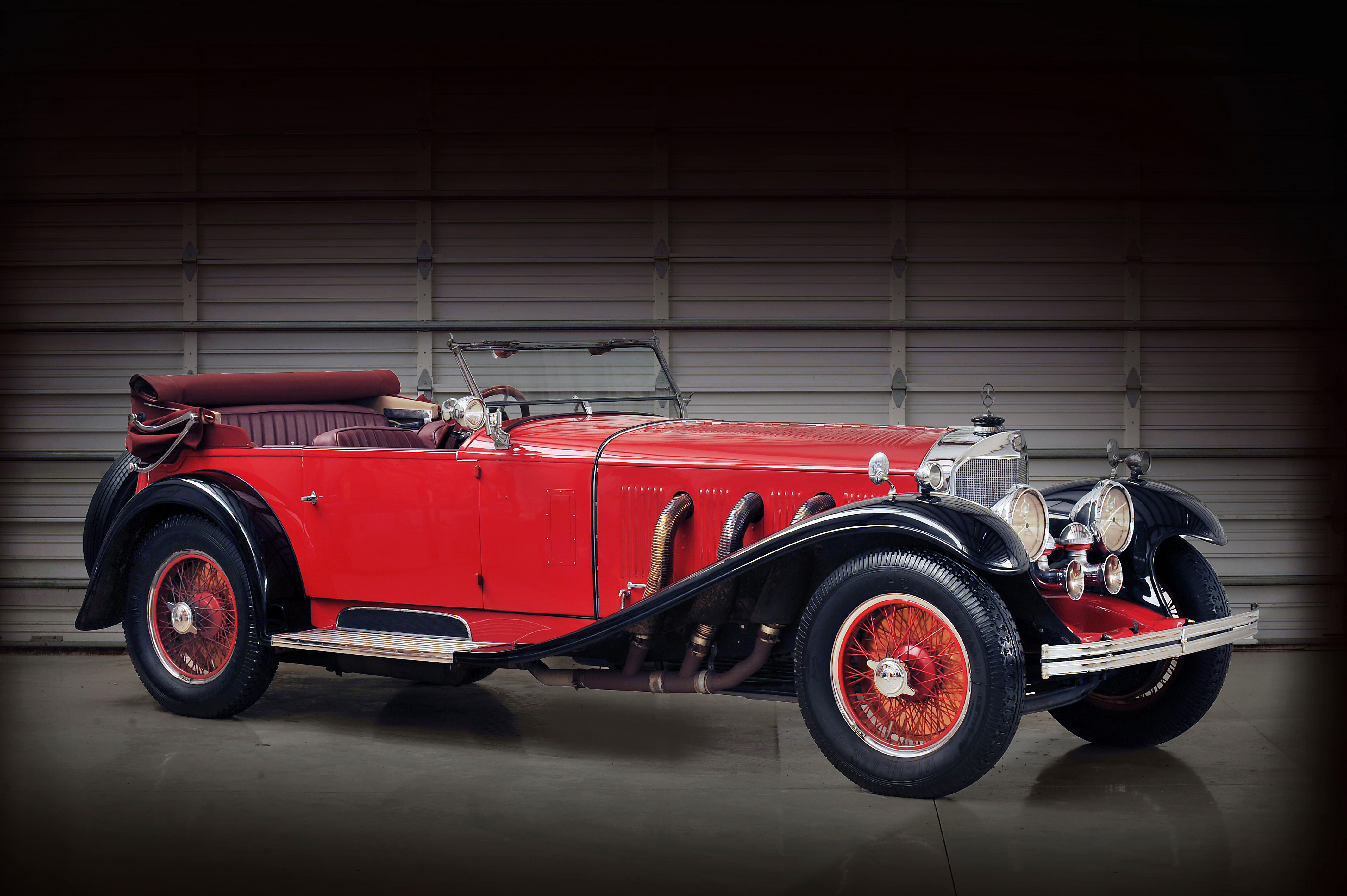

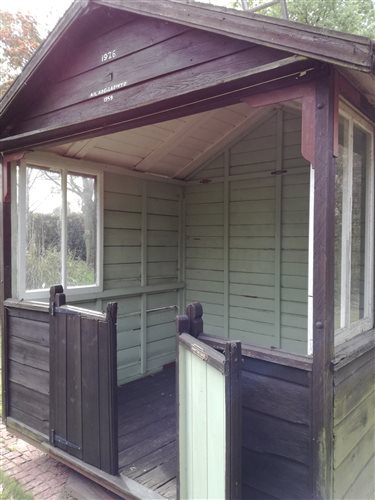
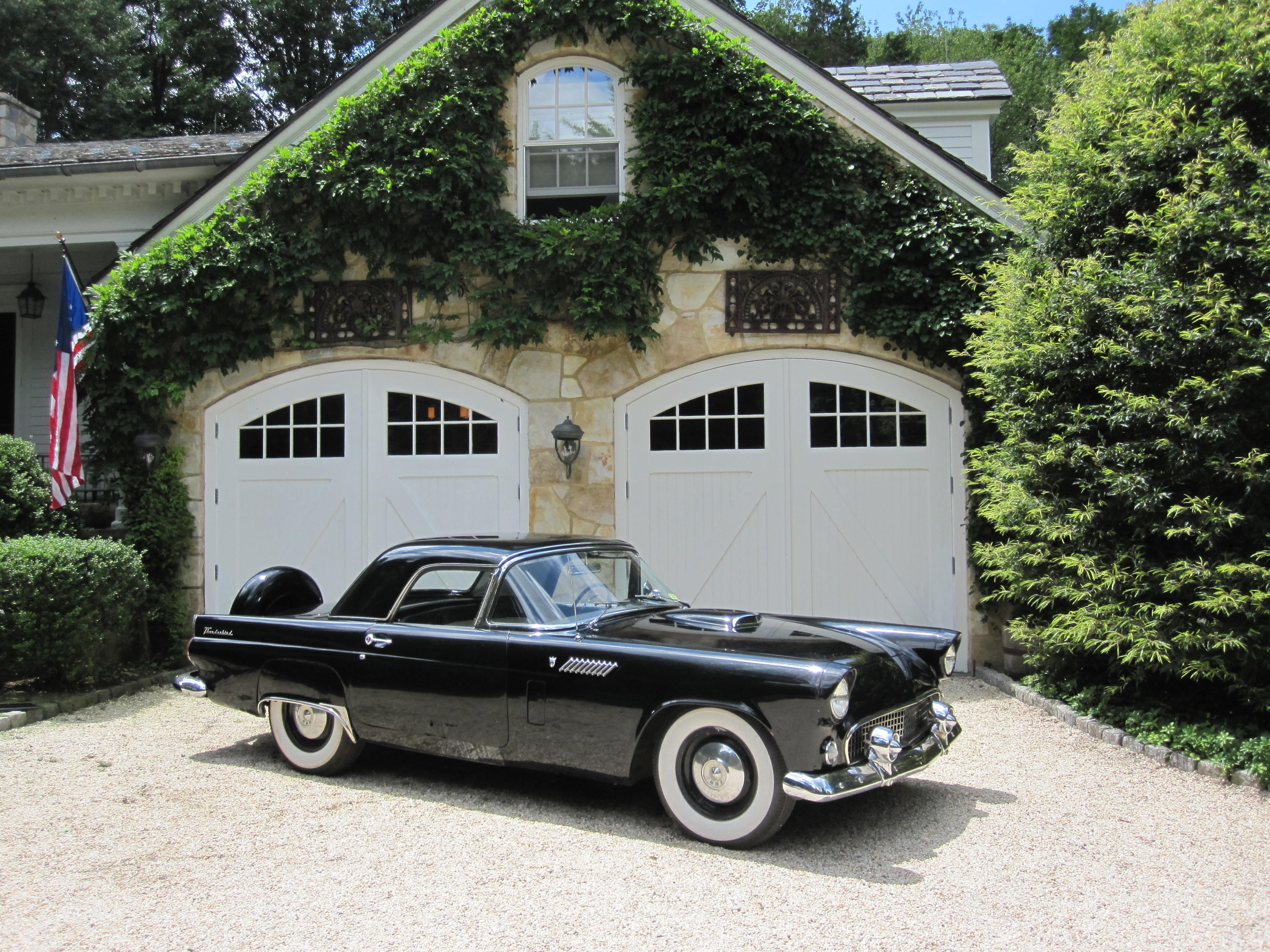


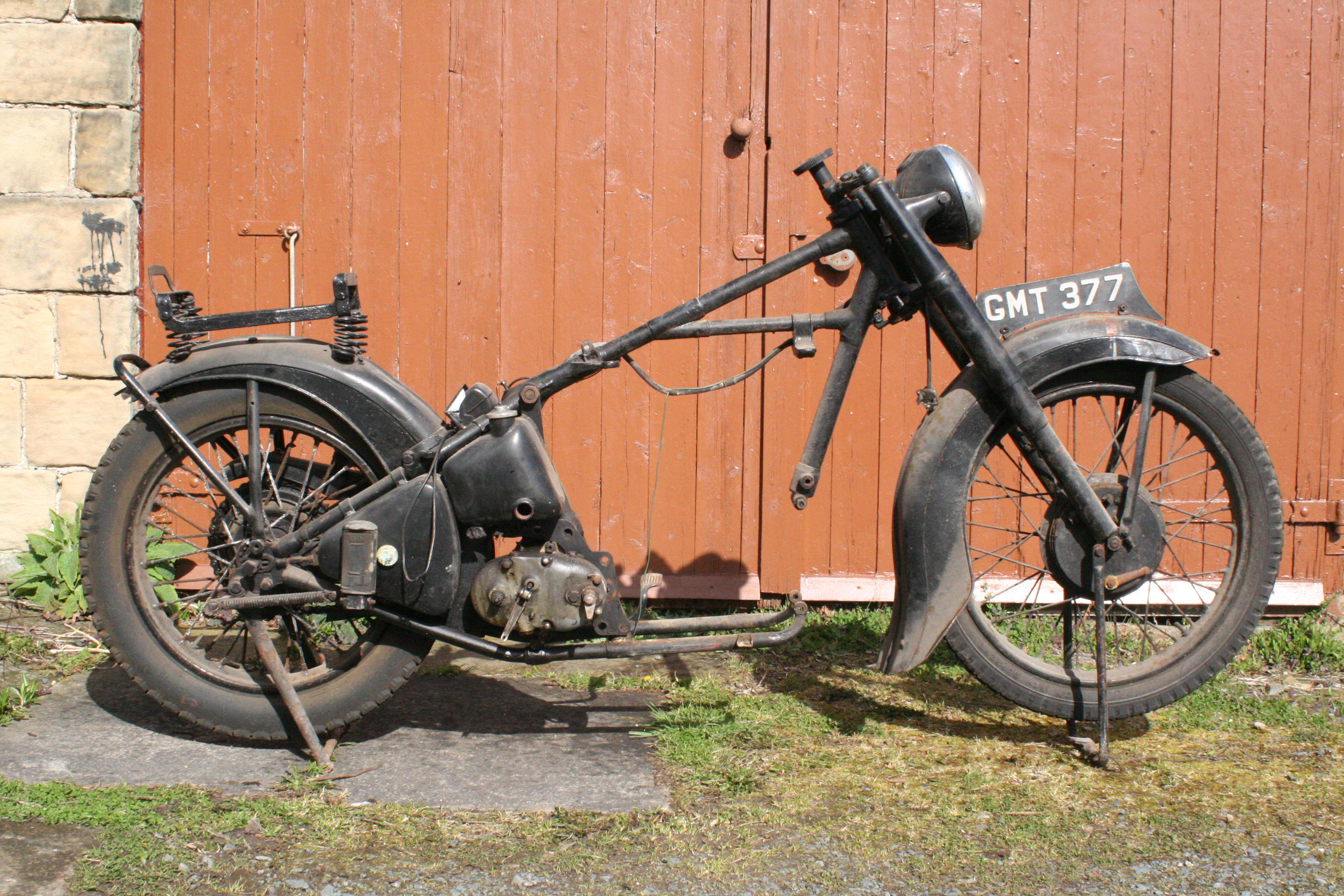




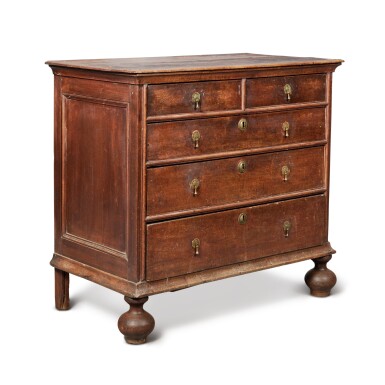
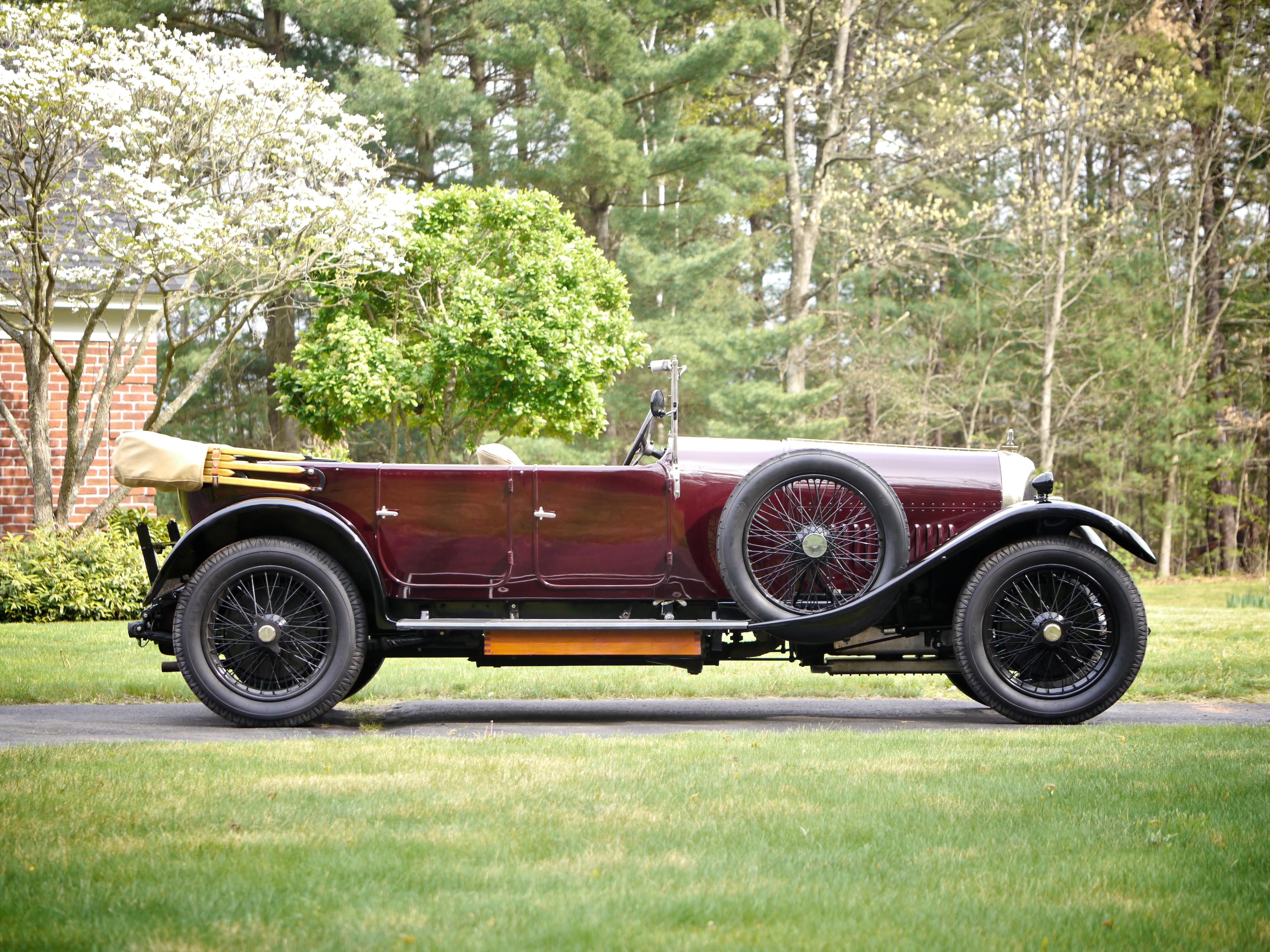
Testen Sie LotSearch und seine Premium-Features 7 Tage - ohne Kosten!
Lassen Sie sich automatisch über neue Objekte in kommenden Auktionen benachrichtigen.
Suchauftrag anlegen